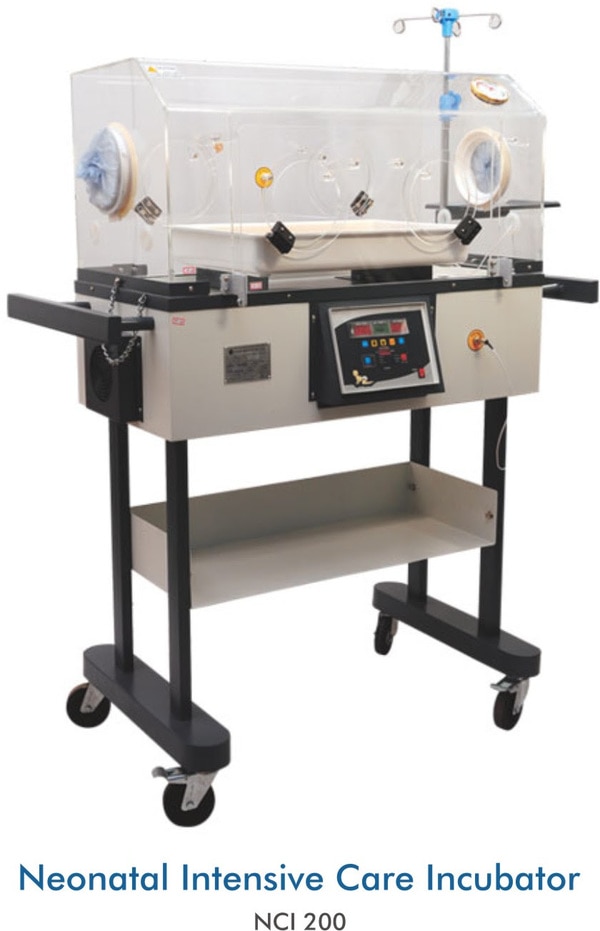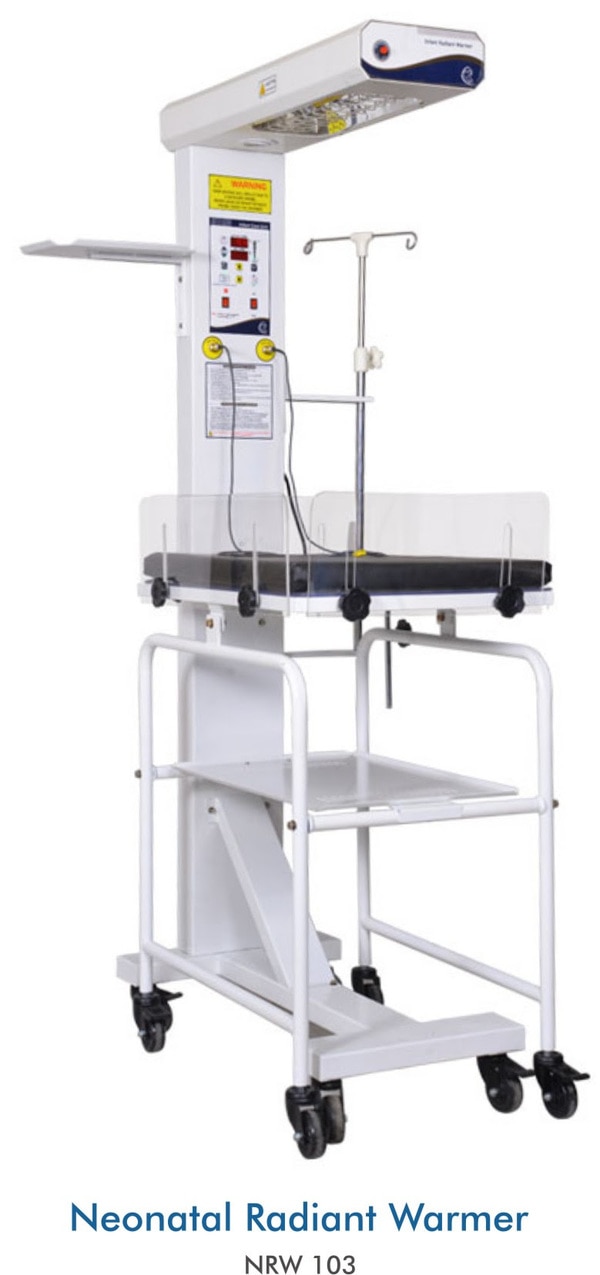Description
Drager Evita 2 Dura Features The Evita® 2 dura is an advanced intensive care ventilator with simple and versatile operation, a highly responsive flow trigger, and an open breathing system that gives both the patient and the clinician “Room to Breathe”. The standard colour screen provides enhanced monitoring. The Evita® 2 dura can be custom built to your order. Features like enhanced graphics, integrated CO2 monitoring or specialised modes like APRV can be added to the system at any time without changing the profile of your device. The Evita 2 dura provides patient and ventilator-related monitoting with user interaction reduced to a minimum. The high-resolution full-color sereen displays comprehensive information on a patient’s status, always showing two ventilation curves and six monitored values, and the screen configuration can be customized to show the most important values for a particular ICU. Higher functional residual capacity. Utilizes AutoFlow technology. Accomodates neonatal, pediatric or adult patients. First-Class ventilator performance. Modular upgradeability. Can be used for both conventional and non-invasive ventilation. High resolution full color display. Customizable display/monitoring. Rotary knob and soft keys for ease of use. Programmable weaning. Drager Evita 2 Dura Specifications Spontaneous breathing strategy. Spontaneous breathing reduces the risk of atelectasis and improves the ventilation/perfusion ratio by maintaining a higher functional residual capacity. The right mode for every patient. The wide range of patients covered also reduces the amount of staff training required and ensures a greater flexibility in the use of resources. Two-in-one ventilation. Mask ventilation can assist the weaning process by reducing the reintubation rate or even preventing intubation in the first place. Everything in view. The high-resolution full-color screen displays comprehensive information on a patient’s status, always showing two ventilation curves and six monitored values, and the screen configuration can be customized to show the most important values for a particular ICU. One knob, simplified settings. The rotary knob plays a key role. The active setting parameters are visible at a glance and changes can be made by the well-established “select-adjustconfirm” principle. Ventilation at a glance. The principle of only showing the necessary parameters reduces the complexity of everyday monitoring. Simpler and speedier standard procedures. Contains numerous functions to speed up and simplify routine procedures. Start-up settings can be configured to specific ICU practices. Dimensions Height: 11.4 In (290 cm) Width: 20.9 In (530 cm) Depth: 17.7 In (450 cm) Weight: Approx. 27 kg (60 lbs) Diagonal Screen size: 6.5” TFT LCD color Display Ventilation Settings Ventilation mode: IPPV, IPPVAssist (CMV, CMVAssist) SIMV, SIMVASB (SIMV, SIMV/Psupp) MMV, MMVASB (MMV, MMV/Psupp) BIPAP1), BIPAP1)ASB, BIPAP1)Assist (PCV+, PCV+/Psupp, PCV+Assist) CPAP, CPAPASB (CPAP, CPAP/Psupp) APRV (optional) ILV (optional) Enhancements: AutoFlow™ – Automatic adaptation of inspiratory flow in volume controlled modes ATC™ – Automatic Tube Compensation (optional) IV - Mask Ventilation (optional) Ventilation frequency (f): 0 to 100 /min, 0 to150 /min (Neonatal) Inspiration time (Tinsp): 0.1 to 10 s Tidal volume (VT) (BTPS): 0.1 to 2.0 L (Adult) 0.02 to 0.3 L (Pediatric) 0.003 to 0.1 L (Neonatal) Inspiratory flow: 6 to 120 L/min (Adult) 6 to 30 L/min (Pediatric and Neonatal) Inspiratory pressure: 0 to 80 mbar (cmH2O) PEEP / intermittent PEEP: 0 to 35 mbar (cmH2O) Pressureassist (PASB) (Psupp): 0 to 80 mbar (cmH2O) Rise time for inspiratory pressure: 0 to 2 s O2 concentration: 21 to 100 Vol.% Multi-sense Trigger Criteria: Internal automatic pressure trigger, Flow, Volume (Flow adjustable 0.3 to 15 L/min) Measured Values Displayed IAirway pressure: Peak pressure, plateau pressure, mean pressure, PEEP, min. pressure (0 to 99 mbar/cmH2O) Minute volume (MV), (BTPS): MV, MVspont, MVleak (0 to 99 L/min) Tidal volume (VT), (BTPS): Inspired VT, expired VT, VTASB (VTPS) (0 to 3999 mL) Breathing frequency (f): ftotal, fspon, fmand. (0 to 300/bpm) O2 concentration: (FiO2) Inspired O2 concentration (15 to 100 Vol.%) Lung mechanics: Resistance ((0.0 to 600 mbar/L/s)(cmH2O/L/s) Compliance ((0.0 to 300 mL/mbar)(mL/cmH2O) Breathing gas temperature: 18°to 51°C Waveforms: Airway pressure-time, flow-time, volume-time, ... Trends (optional): FiO2, MV, VT, f, PEEPi, R, C, etCO2, ... Loops (optional): Paw-V, V-Flow, Flow-Paw, ... Capnography (etCO2) (optional): 0 to 100 mmHg CO2 production (VCO2): 0 to 999 mL/min, STPD Serial dead space Vds: 0 to 999 mL, BTPS Alarms / Monitoring Airway pressure: High/Low Expired minute volume: High/Low Tidal volume: High Tidal volume (VT) (BTPS): 0.1 to 2.0 L (Adult) 0.02 to 0.3 L (Pediatric) 0.003 to 0.1 L (Neonatal) Inspiratory flow: 6 to 120 L/min (Adult) 6 to 30 L/min (Pediatric and Neonatal) Apnea alarm time: 5 to 60 s Spontaneous breath frequency: High Inspired O2 concentration: High/Low Breathing gas temperature: High SpO2 pulse (optional): High/Low etCO2 (optional): High/Low Performance Data Max. flow for pressure support and spontaneous breathing: 180 L/min (adult), 60 L/min (pediatric) Valve response time: ≤ 5 ms Control principle: Time cycled, volume constant, pressure-controlled Safety relief valve: 100 mbar (cmH2O) Leakage compensation Hose system compensation Outlet for pneumatic nebulizer Mechanical Ventilation Use of a machine to induce alternating inflation and deflation of the lungs with air Regulates Oxygen/CO2 levels in blood Volume and Pressure of Air forced into Lungs is controlled Has to meet varying demands of patient ventilation Modes of Ventilation Volume control Pressure control CPAP/BIPAP Support Ventilation Combination Of Modes Intermittent mandatory Ventilation Components of Ventilator System Compressed Gas Source Patient Breathing Circuit Mixer/Blender Hoses Optional monitoring O2 Volume Classification Driving Mechanism Pneumatic (Mark 7) Electronic (Siemens 900C)Function Respirators: Short time ventilator support Conventional Ventilators :long term, advance Support Portability Transport/battery backup Patients Adult Pediatric Or Neonatal Technologies and Jargon Turbine technology High frequency Oscillatory ventilation Modes IMV, SIMV, PC, VC, S/T etc. MRI Compatible (Non ferromagnetic components) Flow Sensors- Volume Measurements Pressure transducers




